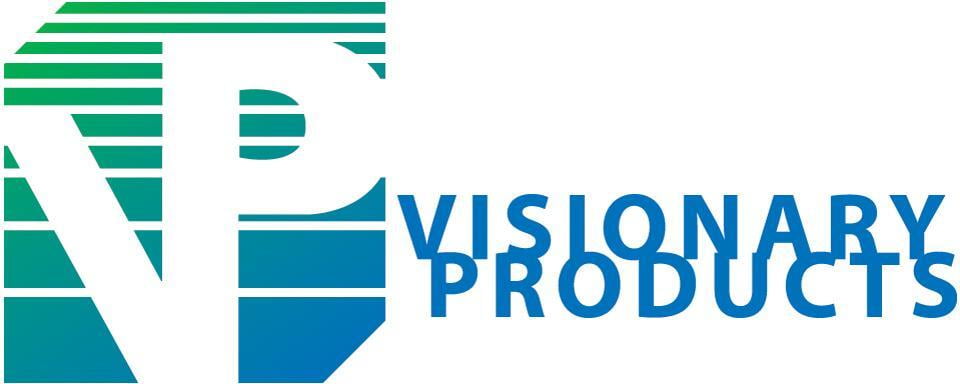Lean Saved Us!
(Originally post by Michael Deese June 27, 2014)
My customer said at our meeting, "After I started in purchasing 6 months ago, I had determined to move all of my business from your company. Now, you are the standard that I measure all other suppliers by. I want to develop a plan to move all of my rubber molding business to you."
This was a quote from one of our largest customers at a company meeting. I had asked him to speak about our lean processes, customer service, and any other topic that he chose. The results of our transformation into lean were so dramatic, that he became our main proponent at his company.
Not only had our customer seen the change, but we also had astonishing financial results in 13 months:
- Sales up 8%
- Profits up 80%
- Employees from 63 to 50
- Finished Goods down 8%
- Raw Materials down 35%
- Work in Progress down 90% (to a 1.5 day supply)
- Space for manufacturing operations from 30,000 to 25,000 square feet
I am the former owner of Santech Industries in Fort Worth, Texas. I am also the founder of Visionary Products, and the creator of the Lean Zone(r) Production Methodologies (sometimes known as the Lego(r) Airplane Game*). Our story began when Santech had been growing rapidly. We had doubled in sales, moved into a new larger building, and opened a rubber molding facility. We were dealing with the growth, the new manufacturing, and the move. I won't say that things were out of control, but close. Day-to-day tasks involved dealing with problems, and managing the change.
Cellular: Determine product families, design product cells, and move the equipment.
Empowerment: Implement the team structure and roles.
One Piece Flow: Reduce batch sizes to the smallest possible size and establish cycle times for each part.
Material Resource Planning: Integrate the scheduling of material and labor across cells.
Variation Reduction: Begin to study and reduce variation throughout your processes.
Standardization: Study, document, simplify, and reduce the number of different processes.
Critical mass deals with communicating with everyone, building consensus, and eliminating as much fear as possible from the change. We wanted to build an atmosphere where any employee struggling with the change, would talk to us. Rumors started that the goal was to reduce jobs, and that supervisors would no longer be needed. Two-way communication is critical so that these types of situations are addressed immediately by sharing the correct information. The best way to counter these is to communicate, and then communicate again.
LESSON LEARNED: In the absence of information, human nature always assumes the worst outcome will happen. Over-communicate!
As we began to discuss the change to lean within our organization, the fears began to rise. We were discussing dividing our products into product families, moving the equipment in the factory into work cells, and re-organizing the employees based on these work cells. Those that had seen the other company's implementation and had received some lean training were confident, but almost everyone else had major angst. We had everyone in the company go through the Production Methodologies simulation to help employees understand the concepts of lean, and why we were changing. We also involved as many employees as possible during the product process mapping to build consensus on the change.
LESSON LEARNED: Use classes, stories, and exercises to teach lean. The more everyone understands, the less fear is present!
Cellular manufacturing moves the equipment, people, and materials as close as possible to eliminate space, movement, and lead-time. The goal of the cellular design is to incorporate as much of the process into the cell as possible. The optimum design takes the product from raw material to the finished product. The normal constraints encountered involve lack of equipment, an intricate process that feeds multiple lines, or a process that requires many hours to complete. I have found that you can normally design the work cells to overcome these issues, by handing off the process, and then taking back the manufacturing after the process has been completed.
There is always someone who feels that, "this will not work in our business, because..." I have never found a manufacturing process yet where the concepts of cellular design cannot be implemented. I have seen companies producing machined parts, molded parts, stamped parts, and even re-building components. All of these were able to implement lean, and achieve excellent results.
In the next newsletter, I will discuss why I feel it is important to introduce work teams into the work cells for the maximum results. Then we will begin a series of interviews with some experts!
*Lego is a registered trademark of the owner (Lego Juris A/S Corp.) and has no affiliation with or endorsement of Visionary Products, Inc. website or products. The interlocking blocks in the simulation are not manufactured by Lego. Lean Zone is a registered trademark of Visionary Products, Inc.
